Ancient Artifacts Reveal Metal From Asia Reached North America Hundreds Of Years Before Contact With Europeans
MessageToEagle.com – Two leaded bronze artifacts discovered in northwestern Alaska offer first evidence that metal from Asia reached prehistoric North America prior to contact with Europeans.
The artifacts were found on Alaska’s northwest coast at Cape Espenberg on the Seward Peninsula where the Thule people lived in houses.
Two of the Cape Espenberg items are a bead and a buckle. These heavily leaded bronze artifacts are from a house at the site dating to the Late Prehistoric Period, around 1100-1300 AD, which is before sustained European contact in the late 18th century.
Metal artifacts are rarely found because they were usually used until they were worn down and, therefore, not well preserved at field sites.
“These items are remarkable due to curation and preservation issues,” said H. Kory Cooper, an associate professor of anthropology, who led the artifacts’ metallurgical analysis.
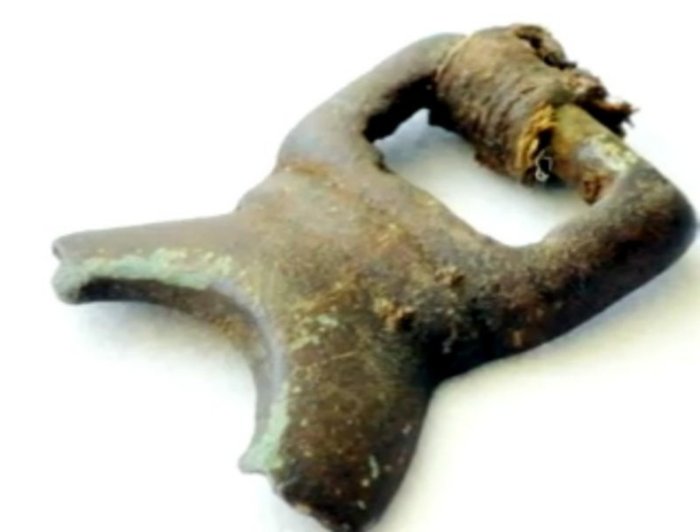
“This is not a surprise based on oral history and other archaeological finds, and it was just a matter of time before we had a good example of Eurasian metal that had been traded.
See also:
Mysterious Sacred ‘Sign Posts’ Of The Inuit People
Evidence Of Early Metalworking In Arctic Canada – European Technologies Involved
We believe these smelted alloys were made somewhere in Eurasia and traded to Siberia and then traded across the Bering Strait to ancestral Inuits people, also known as Thule culture, in Alaska. Locally available metal in parts of the Arctic, such as native metal, copper and meteoritic and telluric iron were used by ancient Inuit people for tools and to sometimes indicate status,” Professor Cooper explained.
The cylindrical bead and a fragment of a small buckle strap-guide are composed of leaded bronze, which is an alloy of copper, tin and lead. The fragmented leather strap on the buckle provided radiocarbon dating, and the item was dated to 500-800 years old, although the metal could be older.
“The belt buckle also is considered an industrial product and is an unprecedented find for this time,” Cooper said.
“It resembles a buckle used as part of a horse harness that would have been used in north-central China during the first six centuries before the Common Era.”
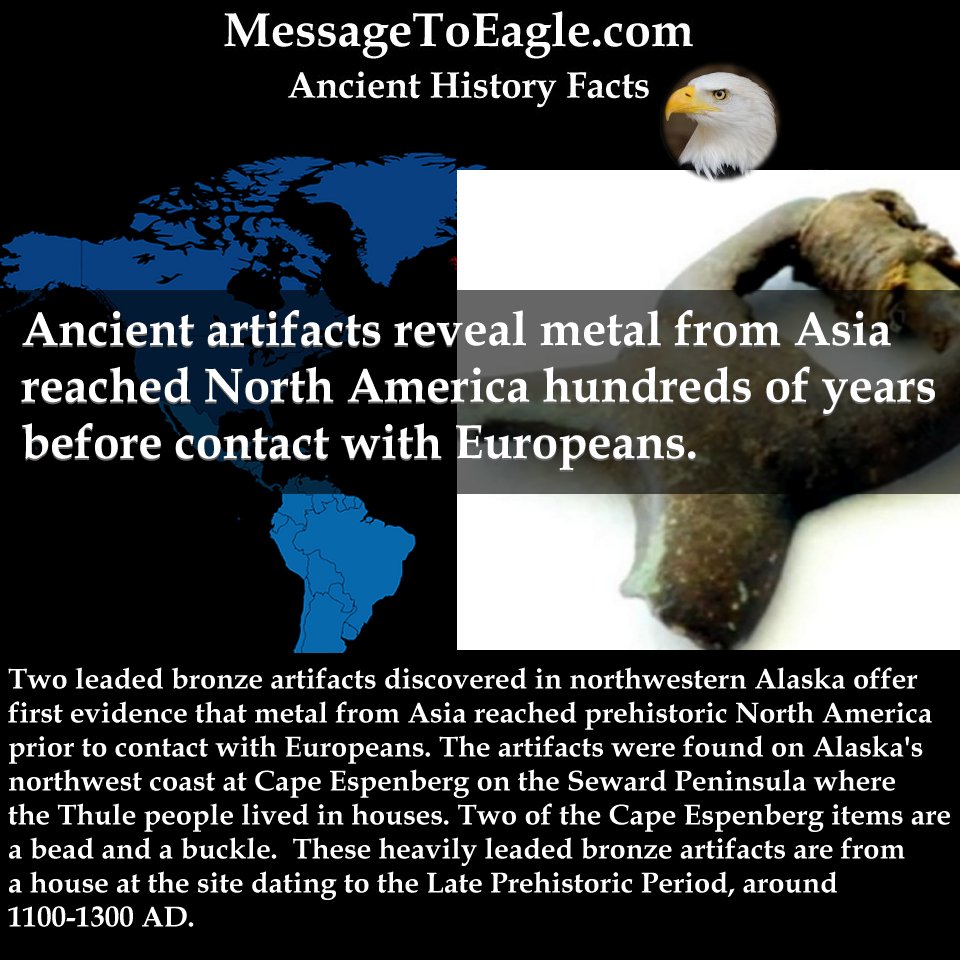
Three of the other four items from another house were determined to be copper – a piece of bone fishing tackle with a copper hook, an eyed copper needle and a small fragment of sheet copper. The final item was a bone fishing lure with iron inset eyes. All items were analyzed with X-ray fluorescence technology.
MessageToEagle.com
Related Posts
-
 Peculiar Ancient Stone Disk Could Be World’s Oldest Celestial Map
No Comments | Jan 10, 2024
Peculiar Ancient Stone Disk Could Be World’s Oldest Celestial Map
No Comments | Jan 10, 2024 -
 Ancient Vietnamese Bronze Dong Son Drum Accidentally Discovered
No Comments | Dec 4, 2015
Ancient Vietnamese Bronze Dong Son Drum Accidentally Discovered
No Comments | Dec 4, 2015 -
 Final Proof: British Megaliths Were Astronomically Aligned With The Sun And Moon 5,000 Years Ago
No Comments | Aug 20, 2016
Final Proof: British Megaliths Were Astronomically Aligned With The Sun And Moon 5,000 Years Ago
No Comments | Aug 20, 2016 -
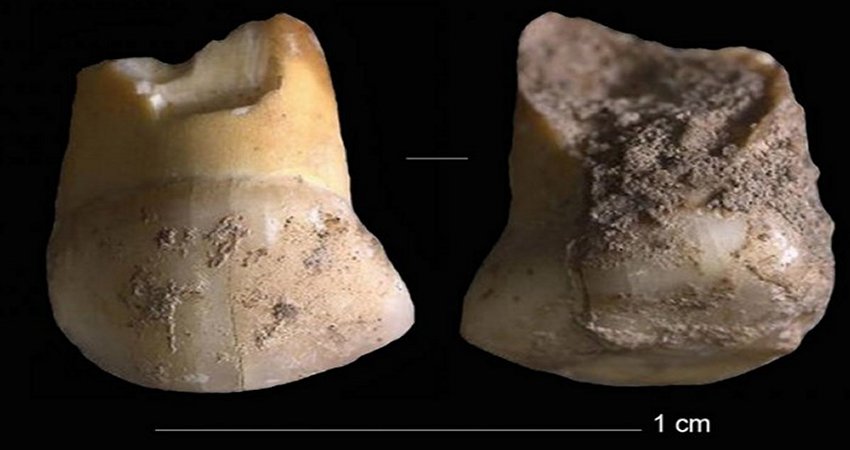 48,000-Year-Old Tooth That Belonged To Neanderthal Child Found In Northern Italy
No Comments | Sep 20, 2020
48,000-Year-Old Tooth That Belonged To Neanderthal Child Found In Northern Italy
No Comments | Sep 20, 2020 -
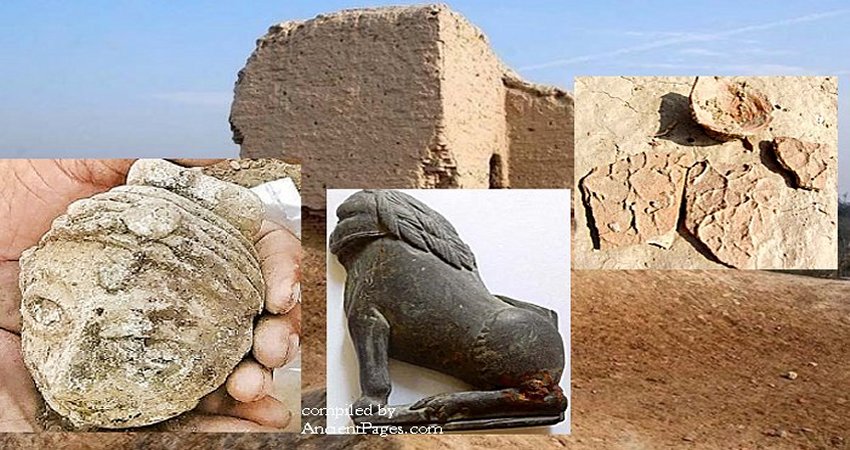 Buddhist ‘Dillu Roy’ Resembles Mohenjo Daro And Harappa And Now Unveils Its Ancient Secrets
No Comments | Aug 25, 2020
Buddhist ‘Dillu Roy’ Resembles Mohenjo Daro And Harappa And Now Unveils Its Ancient Secrets
No Comments | Aug 25, 2020 -
 Mysterious Stone Age Labyrinth Discovered In Denmark – Was It An Ancient Sun Worship Site?
No Comments | Feb 17, 2017
Mysterious Stone Age Labyrinth Discovered In Denmark – Was It An Ancient Sun Worship Site?
No Comments | Feb 17, 2017 -
 ‘Ice Bridge Theory’ Of North America’s Inhabitation – Challenged
No Comments | Apr 28, 2015
‘Ice Bridge Theory’ Of North America’s Inhabitation – Challenged
No Comments | Apr 28, 2015 -
 Shimao: 4,000-Year-Old Relics From China’s Largest Ancient City Discovered
No Comments | Oct 14, 2015
Shimao: 4,000-Year-Old Relics From China’s Largest Ancient City Discovered
No Comments | Oct 14, 2015 -
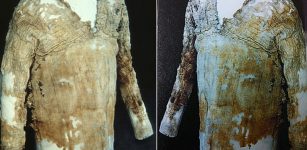 Tarkhan Dress – The World’s Oldest Woven Garment
No Comments | Feb 24, 2016
Tarkhan Dress – The World’s Oldest Woven Garment
No Comments | Feb 24, 2016 -
 31,000-Year-Old Skeleton Missing Foot May Show Oldest Amputation
No Comments | Sep 9, 2022
31,000-Year-Old Skeleton Missing Foot May Show Oldest Amputation
No Comments | Sep 9, 2022

